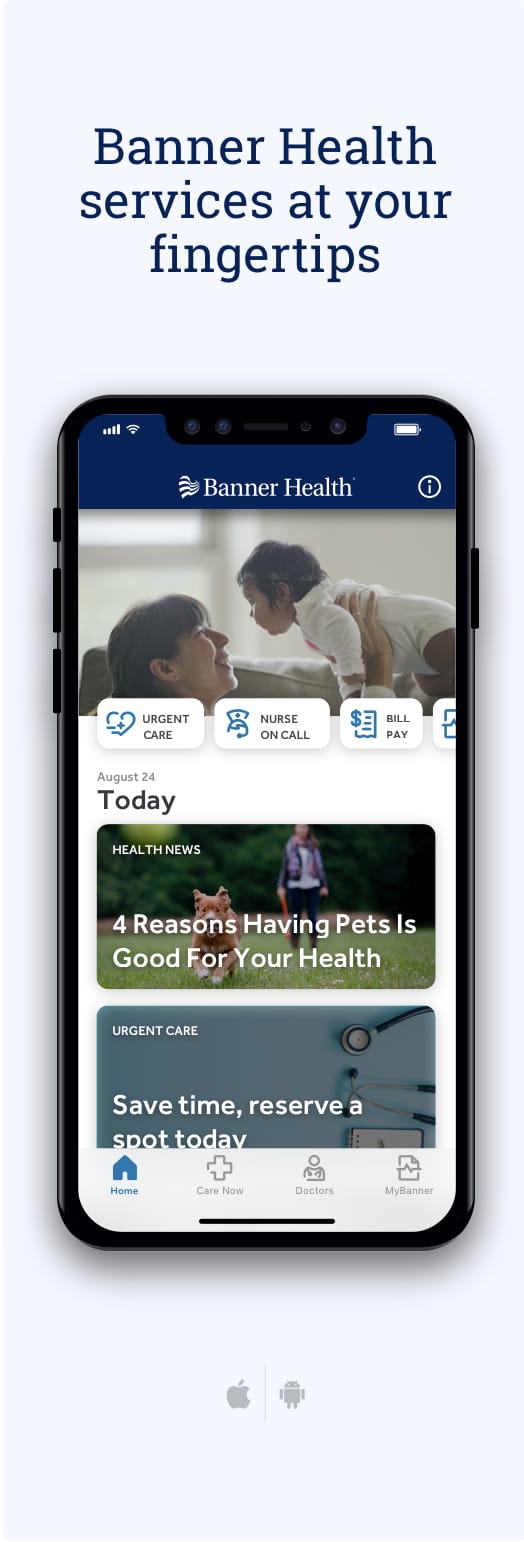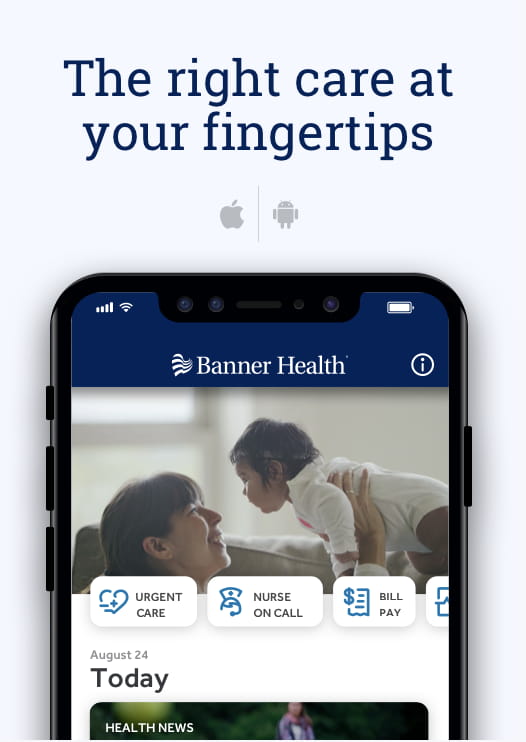If you’re done having children – or know for sure that pregnancy isn’t part of your future – permanent birth control may be on your mind.
One option many women consider is getting their tubes removed (formerly known as tubes tied). The medical name for this procedure is tubal ligation and it’s one of the most effective forms of contraception available.
Before you proceed, it’s important to understand the procedure, how it works and the recovery process. We talked to Anna Goswick, MD, a family medicine obstetrician with Banner Health, to walk us through what you should know.
Here are seven important things to consider before getting a tubal ligation:
1. What getting your tubes tied or removed actually means
“Tubal ligation is a form of permanent birth control, also called sterilization,” Dr. Goswick said. “It is a surgical procedure that blocks, cuts, ties or completely removes the fallopian tubes.”
Because complete removal of the fallopian tubes decreases the risk of some types of ovarian cancer, this method of sterilization (also called bilateral salpingectomy) is now the standard of care.
The fallopian tubes carry eggs from your ovaries to your uterus. By stopping that path, the sperm can’t reach the egg and pregnancy can’t happen.
This procedure is not the same as temporarily turning off your reproductive system. It’s permanent and should be treated as such.
2. It’s very effective – but not 100%
Tubal ligation is one of the most effective types of birth control, but no method is perfect.
“Per ACOG (American College of Obstetricians and Gynecologists), depending on the method used, pregnancy rates within 10 years of a tubal ligation range from 1.8% to 3.7% of women,” Dr. Goswick said. “So while it’s very effective, it’s not completely foolproof.”
If you’re looking for a long-term but reversible option, long-acting reversible contraception (LARC) like an IUD or implant may be worth considering.
3. Age and timing matter, especially when it comes to regret
There’s no official minimum age for tubal ligation. But health care specialists do consider your age and life circumstances when helping you decide.
“Younger women — especially those under 30, per ACOG — are more likely to regret the decision later,” Dr. Goswick said. “That’s why we recommend you don’t make this decision during stressful times, like after a pregnancy loss (miscarriage) or during a breakup.”
While regret isn’t common, your circumstances and feelings about having children may change. Some forms of tubal ligation can be reversed, but reversal isn’t always possible — especially if the fallopian tubes were completely removed. IVF may be an option, but it’s costly, complicated and doesn’t always lead to pregnancy.
If you’re unsure, talk through all your options with a provider you trust.
4. There are different ways to perform the procedure
A tubal ligation is performed by an obstetrician-gynecologist or a family medicine obstetrician with surgical training. There are three main ways they perform it:
- Laparoscopy (most common): A surgeon makes small cuts (incisions) in your belly and uses a tiny camera to find and close off the fallopian tubes.
- Mini-laparotomy (usually after vaginal delivery): A small cut is made under your belly button shortly after giving birth.
- During a C-section: The tubes are blocked or removed during your cesarean delivery.
“The method we use depends on your medical history and whether the procedure is done shortly after childbirth or unrelated to the delivery process,” Dr. Goswick said.
If done laparoscopically or with a mini-laparotomy, it’s usually an outpatient surgery. This means you go home the same day. If it’s done during a C-section, you’ll recover as usual after the birth.
5. Recovery is fairly quick, but take it easy
Most women recover from tubal ligation within one to two weeks, depending on the type of procedure they have.
“If you have a laparoscopic procedure or a mini-laparotomy, you should avoid lifting heavy objects or soaking in water — like baths or pools — for several weeks to lower the risk of hernia and infection, respectively,” Dr. Goswick said.
If you have a C-section, your recovery will follow the typical healing timeline for major abdominal surgery, which may involve a few days in the hospital and six to eight weeks of healing at home.
6. Yes, you’ll still get your period
One of the most common questions about tubal ligation is whether it will affect your periods or hormones.
The answer? Nope. You’ll still ovulate and get your period like normal. The surgery doesn’t impact your hormone levels. So if your cycle has been regular before, it will likely stay that way.
For some, that’s a relief. For others, it might be a downside, especially if you’ve used birth control methods like the pill to help manage menstrual symptoms.
7. It’s not your only option — his procedure is easier
If you’re in a relationship and considering permanent birth control, talk about vasectomy too. This is a sterilization procedure for men that blocks sperm from leaving the body.
“Vasectomy is typically safer, less expensive and has a faster recovery than tubal ligation,” Dr. Goswick said. “However, vasectomy is not immediately effective, so you may want to consider a bridge method of birth control (e.g., pills or a depo-provera shot) for several months while your partner is awaiting confirmation of a successful sterilization.”
Of course, sterilization is a personal decision between you and your partner. But if you’re feeling pressured to have the surgery yourself, take a step back. You deserve to make this decision because it’s right for you, and not for someone else.
The bottom line
Tubal ligation may be an option for women who are absolutely sure they don’t want to be pregnant in the future. It’s safe, effective and permanent. But that’s exactly why it’s so important to take your time.
“This is your body and your future,” Dr. Goswick said. “Talk through all your questions and concerns with your health care provider so you can feel confident about whatever choice you make.”
If you’re thinking of having a tubal ligation, the best first step is to schedule an appointment with your provider or a Banner Health specialist who can walk you through your options.


